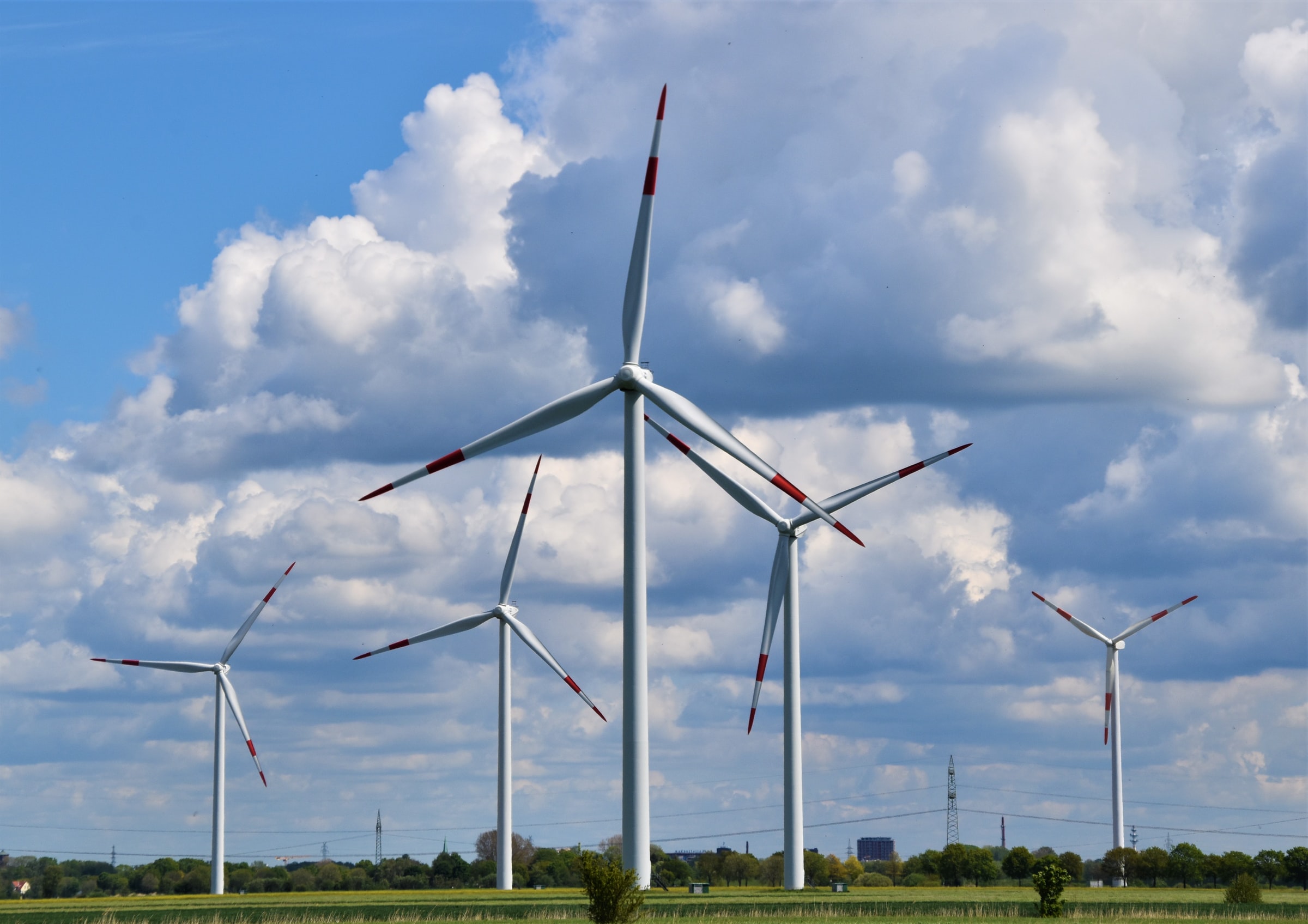Exponential demand for sustainable investments has sent exchange-traded funds (ETF) issuers into a launch frenzy and investors into a buying frenzy. This year’s flows into environmental, social, and government (ESG) funds have outpaced all prior years as investors have grown increasingly conscious of where their money goes.
According to Refinitiv Lipper data, ESG funds amount to about $537 billion in total assets globally. Three-quarters are actively managed funds, while the rest is invested in passive or index funds. Since the start of 2020, most inflows have been focused on passive funds. This includes $65.8 billion that went into passive ESG equity funds. Another $25 billion went into active funds.
There were 840 ESG ETFs globally as of the second quarter of 2021, an increase of 72 new ETFs from the first quarter, according to data by Trackinsight. These funds saw $58.2 billion and $29.9 billion in inflows in Q1 and Q2, respectively.
This growth has already far outpaced prior years’ inflows of $51.1 billion in 2020, $21.4 billion in 2019 and $5.4 billion in 2018, as reported by CNBC. While Europe is still ahead of the U.S. when it comes to sustainable investing, the growth in the U.S. has quickly accelerated and is expected to continue in the years ahead.
BlackRock’s head of iShares Americas, Armando Senra, said in the CNBC interview that ESG investing is about risk and investment performance: “it’s not just about compromising performance and it’s not just about values. It’s the convergence of values with the realization of investment risk and investment performance. So, what you see is more investors incorporating sustainability to their portfolios.”
Top global ESG ETF issuers include BlackRock’s iShares with $135 billion in assets, Invesco with $12.4 billion, State Street’s SPDR with $9.2 billion, Global X with $8.6 billion, and First Trust with $8.6 billion.
“And by the way, we think that we’re just at the very beginning,” Senra said. “We believe this category will be $1 trillion dollars by 2030.”
In the second quarter, there were 25 new ESG ETF launches in the U.S., according to Morningstar: “This is the second-highest number of sustainable funds launched in one quarter, just trailing the record of 30 funds set in the third quarter of 2020.”
More recently, September ESG ETF launches included funds from ProShares, Nuveen, Hartford, ETFMG, FlexShares, VanEck, Janus Henderson, and Global X. They have been in the areas of cleantech, climate, sea decarbonization technologies, general sustainability, net-zero transition resources, solar and wind energy.
In addition to increased demand in ESG equity ETFs, green bonds have also seen a boom in 2021. Many new ETFs address climate-related issues in a bond fund format, such as income, municipal, high yield, and corporate bonds.
According to the Climate Bonds Initiative, 2021 is set to become a record year, hitting the half a trillion-dollar mark in annual green bond investment. The Initiative projects to see $1 trillion in annual green investment in 2023.
This year’s green bond issuance more than doubled in comparison to the same period last year. In addition, the Initiative noted that “green bonds have been soaring at a 49% growth rate in the five preceding years before 2021. Our analysis suggests that the green bond market annual issuance could exceed the $1 trillion mark by 2023, even if we are to see a more modest growth rate.”
In this area, U.S. issuers topped international peers. They constituted the largest share of issuance by volume (17% or $37.6 billion) and a number of deals (495), with Germany coming in at second place, followed by France and China.
“No matter how you slice and dice it, the ESG investing community is growing each month,” noted the Refinitiv report. “We certainly need more standards and transparency, both surrounding how companies report their ESG metrics and how individual funds choose to incorporate ESG analysis as part of their overall investment process. ESG data, at the very minimum, helps to paint a more complete picture of the overall standing of a specific company and fund.”





